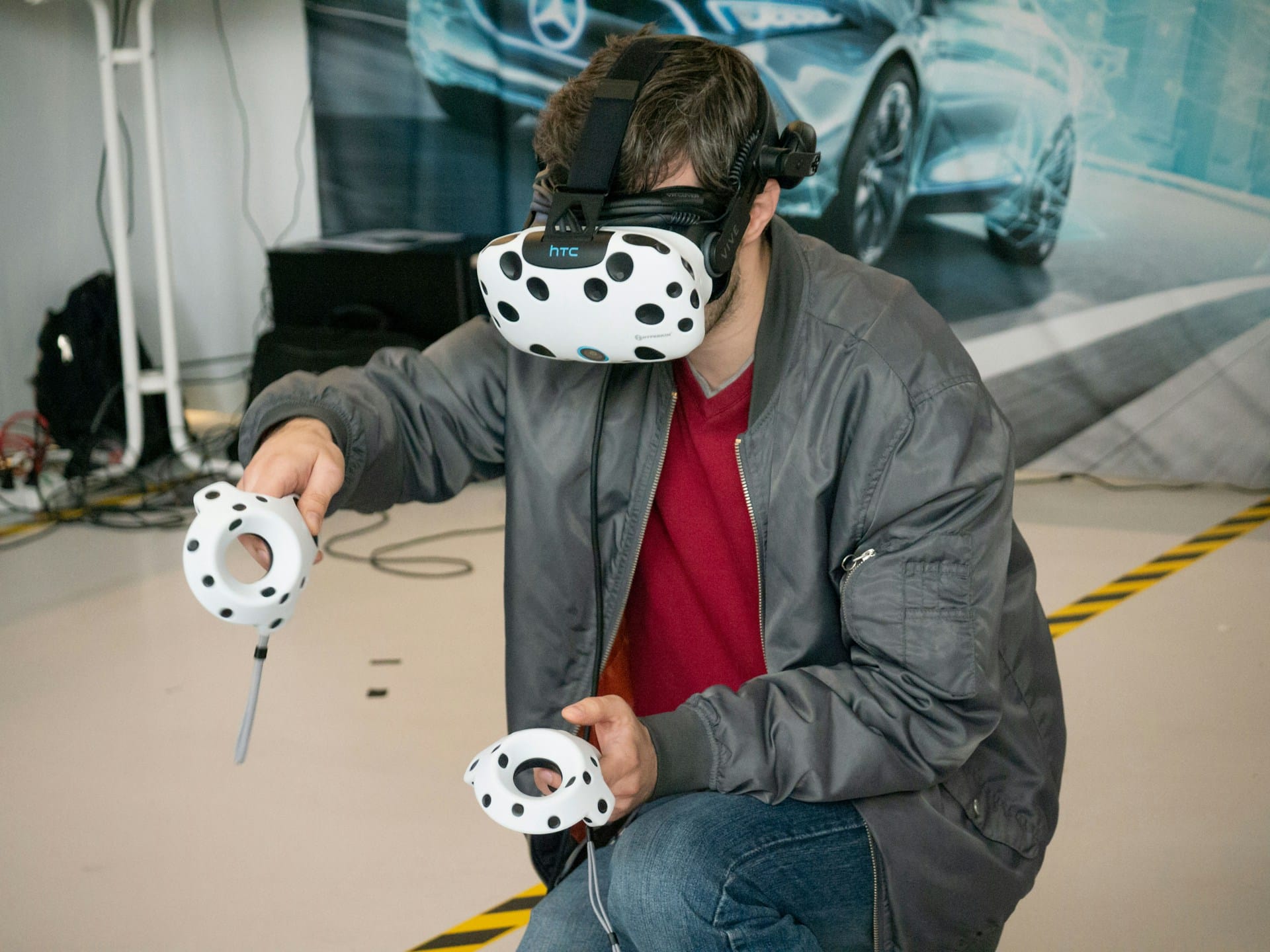The intersection of technology and education has transformed the way we learn, and one of the most exciting advancements in this sphere is the use of virtual reality (VR). As a developer, you have the power to create engaging educational games that leverage VR technology to provide immersive and interactive learning experiences. This article will guide you through the concept of VR in educational game development, the necessary tools and best practices, and the future potential of this innovative approach.
Understanding Virtual Reality in Educational Game Development
Virtual reality has revolutionized the gaming industry by offering players a chance to step into virtual worlds that feel incredibly real. When integrated into educational games, VR has the potential to create immersive experiences that make learning engaging and effective. By simulating real-life environments and scenarios, VR can enhance the user experience and facilitate deeper understanding.
A lire également : How can AI-driven pathfinding enhance enemy AI behaviors in open-world games?
The Role of VR in Education
VR technology brings a new dimension to education by creating interactive environments where users can learn by doing. Instead of passively consuming information, students engage with the content, which can lead to better retention and comprehension. For instance, medical students can practice surgeries in a risk-free virtual environment, while history students can explore ancient civilizations up close.
Benefits of VR in Educational Games
- Engagement: VR games are inherently engaging, capturing students’ attention and making learning fun.
- Immersion: By creating immersive experiences, VR can transport students to different times, places, and situations.
- Interactivity: Hands-on learning through interactive games enables students to experiment and learn from their actions.
- Personalization: VR can provide tailored experiences that adapt to each student’s learning pace and style.
Choosing the Right Game Engine for VR Development
When it comes to developing VR educational games, choosing the right game engine is crucial. The two most popular choices among game developers are Unity and Unreal Engine. Each has its own strengths and can cater to different needs within the development process.
Cela peut vous intéresser : What are the key factors in designing an intuitive crafting system for survival games?
Unity
Unity is renowned for its versatility and ease of use. It supports a wide range of platforms and is particularly well-suited for creating 3D content. Its robust asset store and extensive community support make it a favorite among developers.
- User-friendly: Unity’s interface is intuitive, making it accessible even to beginners in game development.
- Cross-platform capabilities: Unity allows you to build games for multiple platforms, including VR headsets.
- Asset Store: Unity’s Asset Store offers a vast library of pre-made assets which can speed up the development process.
Unreal Engine
Unreal Engine is known for its high-fidelity graphics and powerful capabilities. It is often used for AAA games and complex simulations, making it ideal for VR experiences that require a high level of detail and realism.
- Graphical fidelity: Unreal Engine excels in creating visually stunning environments.
- Blueprints: Unreal Engine’s Blueprints system allows for a visual scripting approach, which can be easier for non-programmers.
Best Practices for Creating Educational VR Games
Creating educational VR games involves several best practices to ensure the resulting product is both engaging and effective. These practices span from the initial design phase to the final product testing.
Focus on Pedagogy
At the core of any educational game should be solid pedagogical principles. Identify the learning objectives clearly and design the game mechanics around these goals. The gameplay should reinforce the educational content rather than distract from it.
Immersive Storytelling
Storytelling can significantly enhance the immersive experience of an educational game. Create a compelling narrative that draws users in and makes the learning process exciting. This can be particularly effective in subjects like history, where storytelling can bring past events to life.
Interactivity and Feedback
Ensure that the game offers ample opportunities for interactivity. Users should be able to manipulate objects, navigate environments, and make decisions that affect the outcome of the game. Moreover, provide immediate feedback to help players understand their mistakes and learn from them.
Accessibility
Accessibility is crucial in educational games. Ensure that your game can be used by people with different abilities. This could involve implementing features like subtitles, adjustable difficulty levels, and alternative input methods.
Testing and Iteration
Finally, rigorously test your game with real users to identify any issues and gather feedback. Iterative development—continually refining and improving the game based on user input—can help create a more polished and effective educational tool.
Future Potential of VR in Education
The future of VR in education looks promising, with continuous advancements in technology and increasing adoption by educational institutions. Here are some trends and possibilities that could shape the future of VR educational games.
Integration with Artificial Intelligence
Artificial intelligence (AI) can enhance VR educational games by providing personalized learning experiences. AI can analyze a user’s progress and adapt the game’s difficulty and content to suit their individual needs. This can help create a more effective and engaging learning experience.
Expansion of the Metaverse
The concept of the Metaverse—a collective virtual shared space—holds significant potential for educational VR games. In the Metaverse, students from around the world could gather in virtual classrooms, collaborate on projects, and even conduct experiments together, creating a truly global learning environment.
Enhanced Realism with Augmented Reality
Augmented reality (AR), when combined with VR, can create even more realistic and immersive educational experiences. AR can overlay digital information onto the real world, allowing users to interact with both virtual and real elements seamlessly. This hybrid approach can be particularly effective in subjects that require hands-on learning.
Increased Access to VR Technology
As VR technology becomes more affordable and accessible, more educational institutions will be able to integrate VR into their curricula. This democratization of technology can help bridge educational gaps and provide high-quality learning experiences to students regardless of their geographical location.
As developers, you have a unique opportunity to revolutionize education through virtual reality. By understanding the capabilities of VR, choosing the right tools, and following best practices, you can create engaging educational games that provide immersive and interactive learning experiences. The future potential of VR in education is vast, with advancements in AI, the Metaverse, and AR set to further enhance the user experience. By staying on the cutting edge of technology and focusing on creating meaningful, educational content, you can help shape the future of learning.
In summary, VR technology offers a powerful platform for game development that can transform education. By leveraging virtual environments and interactive gameplay, you can create immersive educational experiences that captivate and educate users. With the right approach, VR educational games can provide valuable learning tools that are both engaging and effective.











